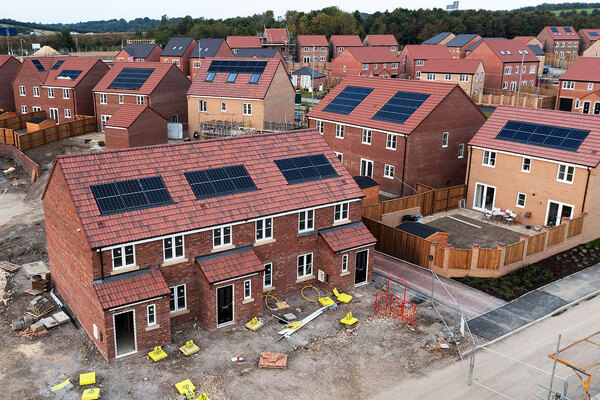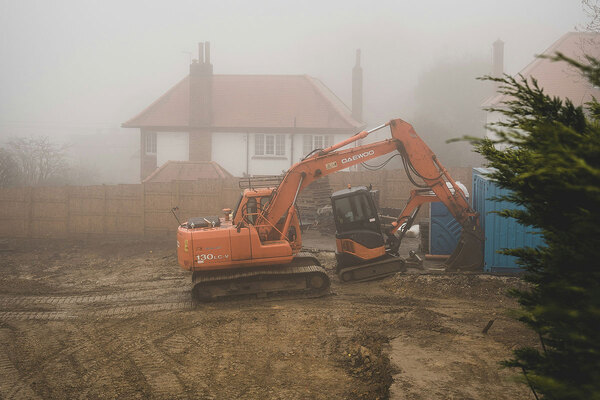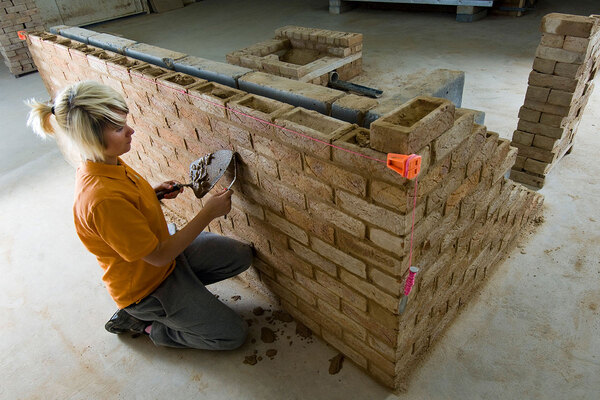How balanced Section 106 agreements can help close the affordable housing gap
With developers and local authorities at odds, Jonathan Cox, partner and head of social housing at Anthony Collins, argues that fairer Section 106 agreements are key to addressing the affordable housing shortage
Something has gone seriously awry in the social housing sector. A fundamental flaw affecting the way affordable housing provisions in most Section 106 (S106) agreements work in practice is to blame.
The new National Planning Policy Framework continues to play a central role for S106 agreements, making now a good time for local authorities to reconsider their usual S106 provisions to address the social housing shortfall.
There is currently a chronic shortage of affordable housing in the UK, and the situation is worsening. Attempting to shed light on the issue, the recent report by the Home Builders Federation (HBF), called Bid Farewell, recognises the important contribution that developers have made to boost affordable housing stock in England – delivering almost 140,000 new affordable homes in the past five years.
This is an achievement, but with industry experts estimating that about 90,000 homes for social rent need to be built each year for the next decade to meet demand, it is clear that much more needs to be done.
The HBF’s report also states that developers are finding it increasingly difficult to meet S106 affordable housing requirements due to “a lack of bids from registered providers”. So, what’s going wrong?
Part of the Town and Country Planning Act 1990, S106 agreements were introduced as a mechanism that local planning authorities could use to require developers to contribute to local infrastructure and services. Developers know that satisfying S106 conditions is essential to secure the planning permissions required to progress new housing developments.
However, increasingly, local authority planning teams have been receiving requests from developers to water down or remove affordable housing conditions because they can’t get registered providers to bid for them.
“Instead of viewing S106 agreements as a way of supporting local councils in meeting the housing needs of the local community, developers have been treating them as a means of generating profits”
In my view, the problem lies in the commercial expectations of private house developers, which have become out of step and unreasonable at a time when providers of social housing are facing a plethora of competing financial demands.
Instead of viewing S106 agreements as a way of supporting local councils in meeting the housing needs of the local community, developers have been treating them as a means of generating profits. To explain further, instead of expecting registered providers – many of which are not-for-profit organisations – to reimburse them for the cost of building much-needed affordable homes as part of their planned development, they are adding a profit margin of some 20%.
The terms of many S106 agreements could be partly responsible. While agreements state that developers are required to offer affordable homes for sale at a ‘fair price’, little or no guidance is given as to how this figure should be calculated. Developers have grown accustomed to a market from registered providers for affordable properties on their patch, which has had the effect of driving up developers’ price expectations further.
To be fair to private-sector developers, they are simply responding to market forces. But is this the way things were meant to be?
Local authorities could re-examine the wording of S106 agreements to see if there is scope to bring greater certainty – setting out clear financial terms for the basis on which affordable homes can be sold in their S106 agreements. They have the means at their disposal to support registered providers by ensuring that S106 allocations are sold at a ‘fair price’ and guidance is available, too.
For example, a 20-year-old guide exists in the East of England, which contains some useful wording on the matter. It states: “Where an authority wants to specify the financial terms for affordable housing, this should be discussed with affordable housing providers and with developers or their representatives [such as the House [Home] Builders Federation).
“It is important to ensure that these requirements make financial sense to the developer and the provider. They should normally be set out within a supplementary planning document which is kept up to date in the light of changing house prices and affordability.”
“The needs of registered providers should be factored into price negotiations, not ignored and pushed out by market forces”
A key takeaway from this excerpt is the principle that the ‘fair price’ agreed between the developer and the bidder should be mutually beneficial. In other words, the needs of registered providers should be factored into price negotiations, not ignored and pushed out by market forces.
In summary, improving the take-up of affordable housing allocations in S106 agreements means that the housing terms need to reflect fairness and mutual understanding of all parties. Local authorities want their communities to have the desperately needed affordable housing, and developers need to be fairly compensated for the cost of providing it.
These agreements are essentially intended to meet the needs of disadvantaged and vulnerable people. It is only by pursuing mutual understanding and fairness, and challenging the assumption that S106 deals should be profitable for developers, that a solution to the affordable housing crisis will be found.
Jonathan Cox, partner and head of social housing, Anthony Collins
Sign up for our daily newsletter
Already have an account? Click here to manage your newsletters













